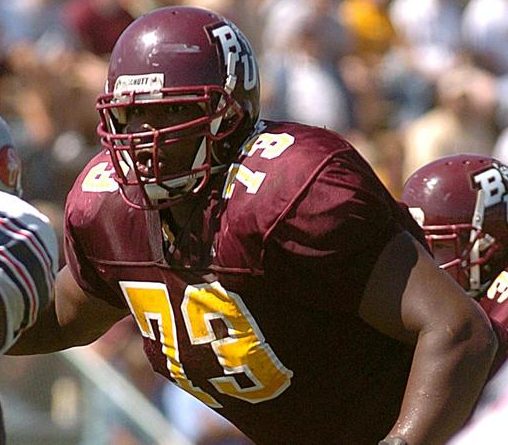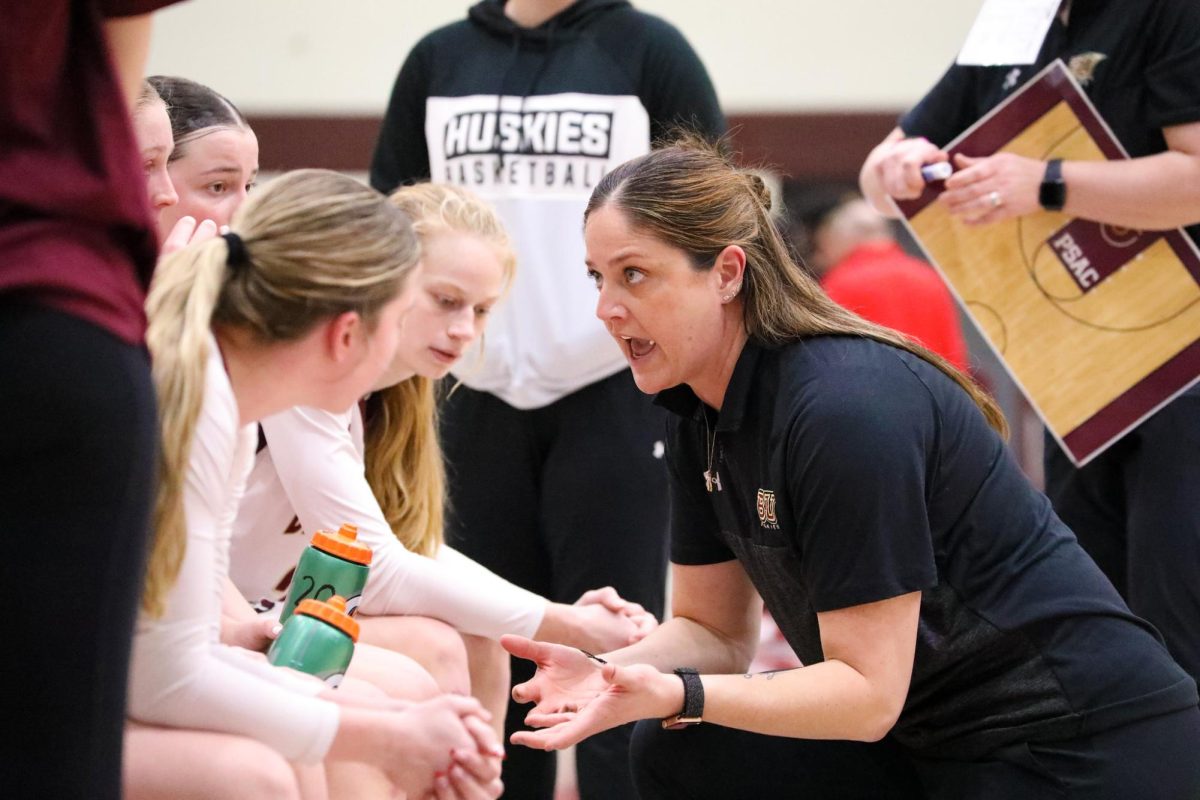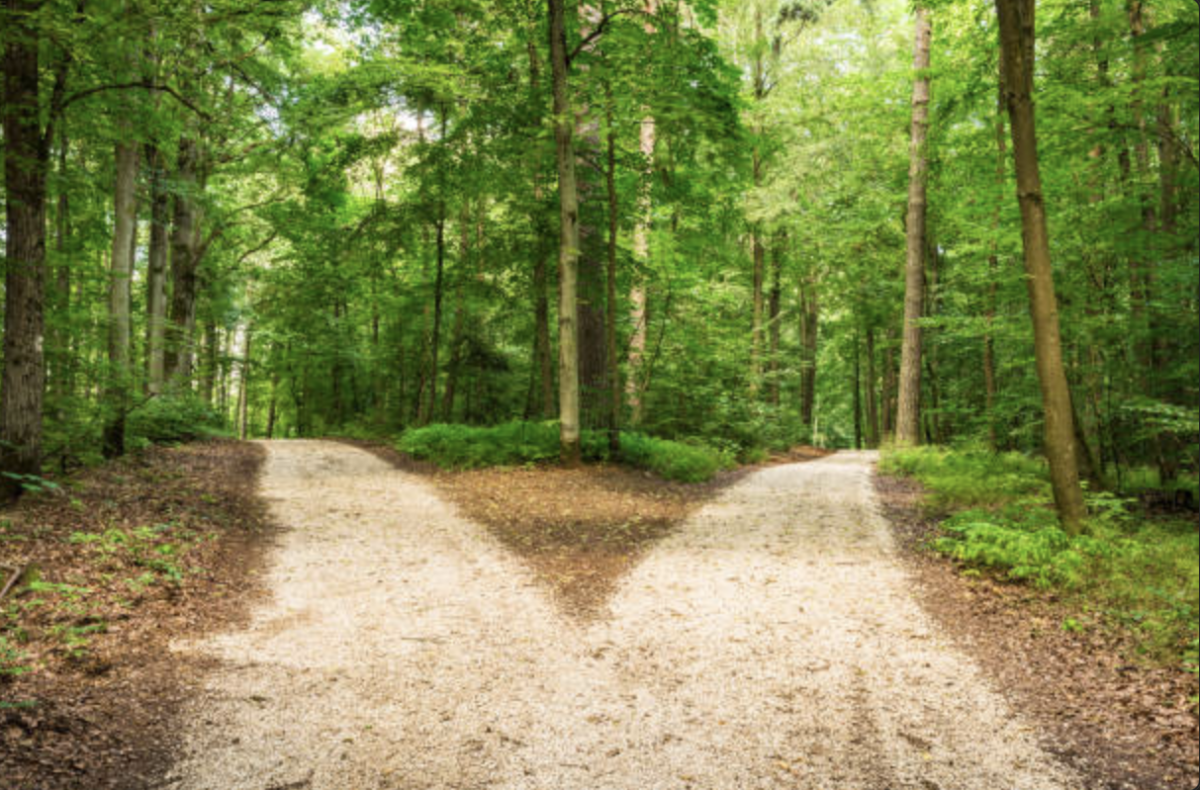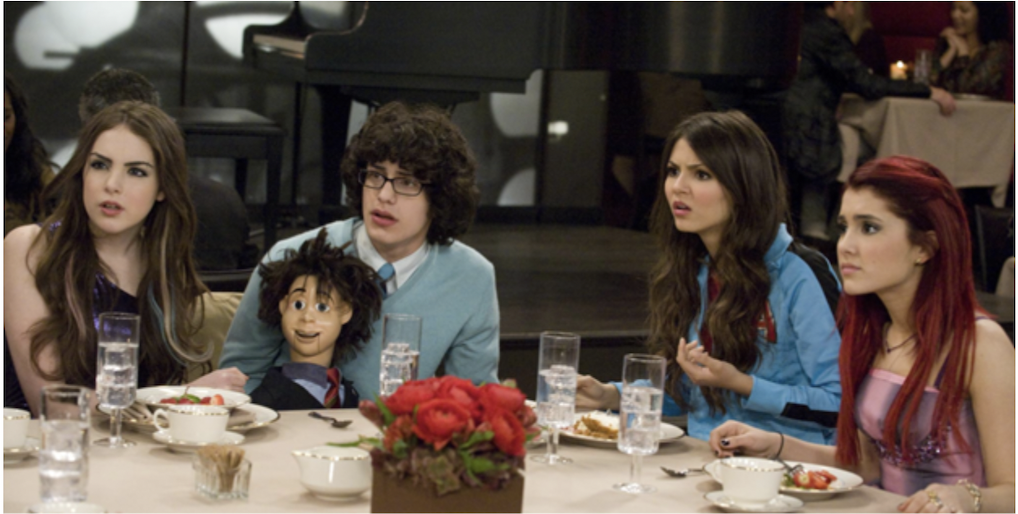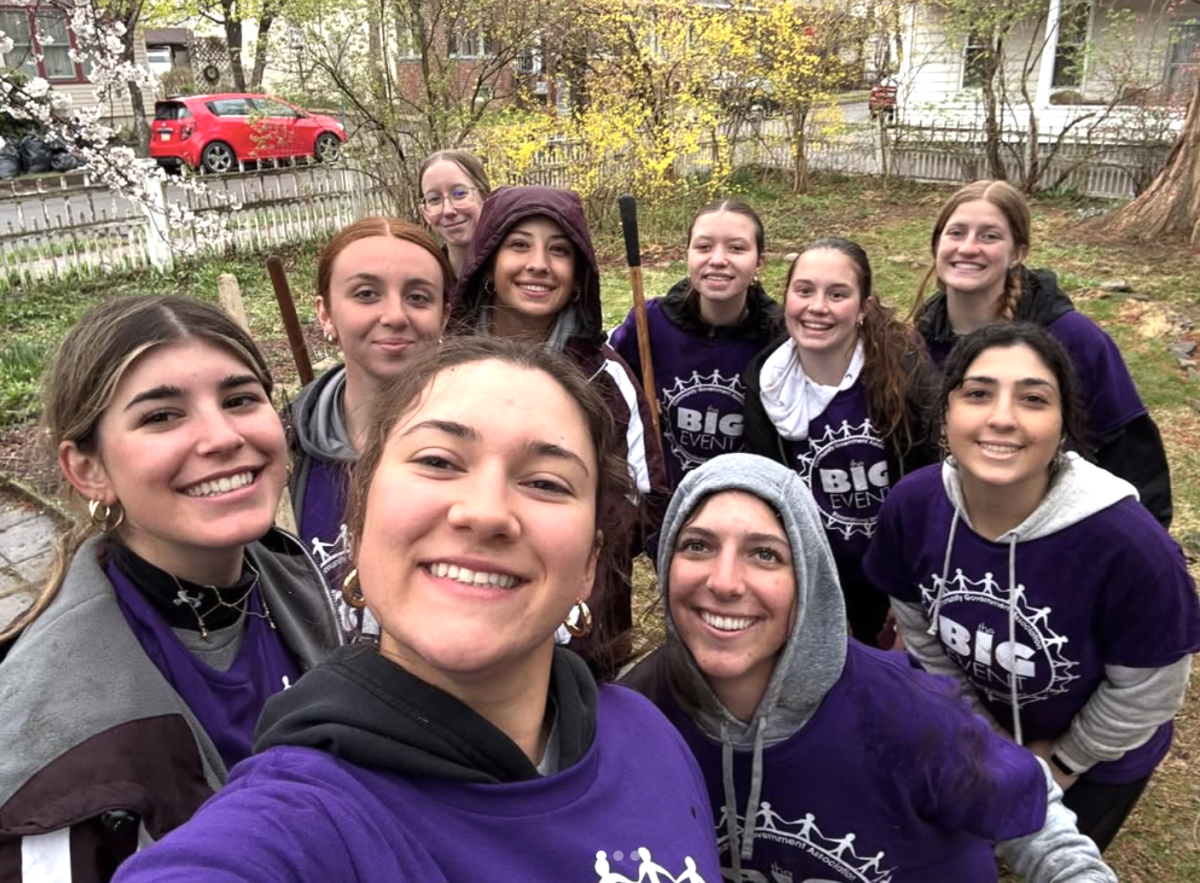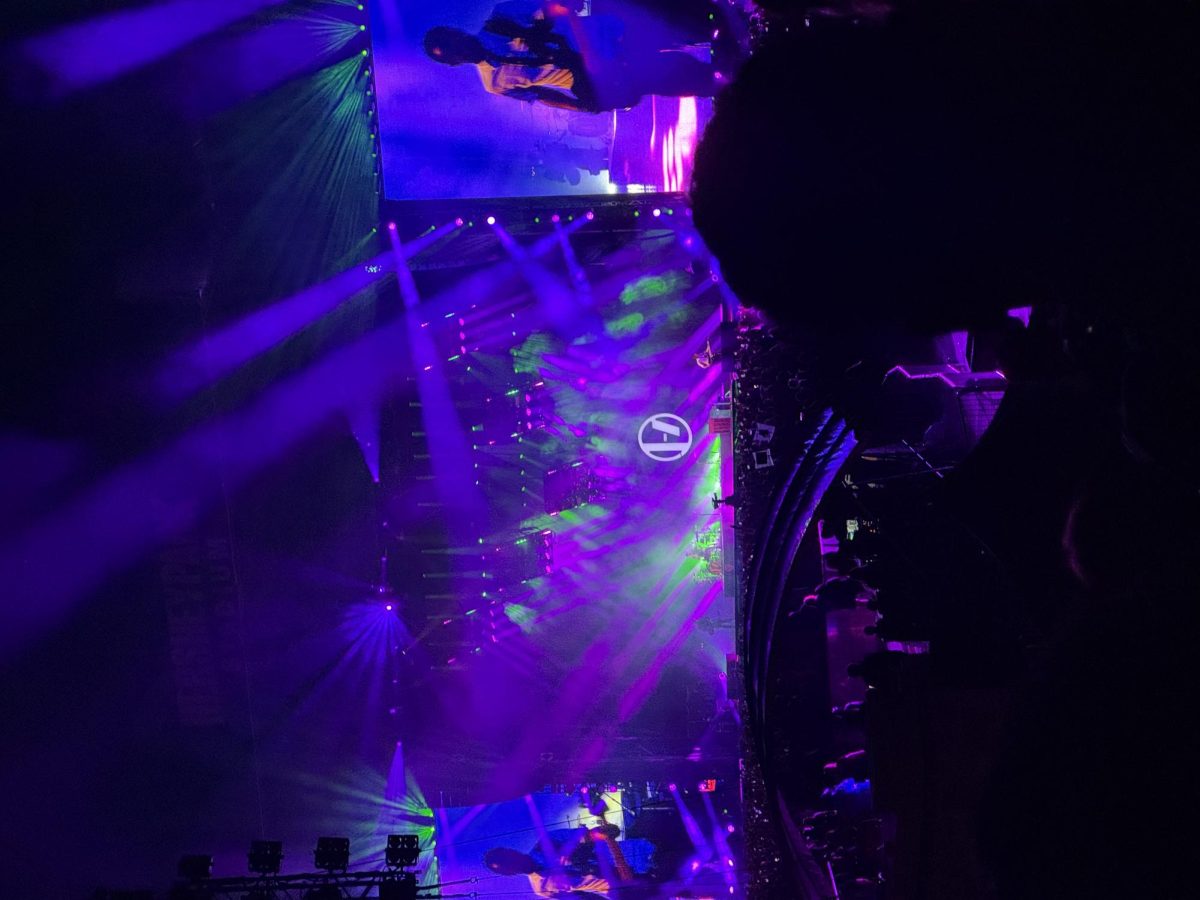Whether we like it or not, winter will be here before we know it, making this is the perfect time to learn some facts about your backyard neighbors. Especially if you would prefer to stay inside with a nice warm blanket and a hot beverage.
Although all seasons are good for watching birds, winter is perfect because you can stay inside to watch these fascinating creatures. With that said, I appreciate most birds, but some are better than others. This is a brief guide of the “best” and “worst” of common backyard birds.
Best: Mourning Doves
Belonging to the dove and pigeon family, the mourning dove is a medium size bird with light brown/tan and grey feathers.
They aren’t all the remarkable to look at compared to more brightly colored birds but are very soothing to listen to.
I have fond memories of listening to their soft cooing on late midsummer afternoons. Their graceful nature makes it easy to understand why this bird has been associated with peace.
Worst: Common Grackles
A medium-sized black bird with iridescent neck feathers, it is not uncommon to mistake this bird for a crow. But to the trained eye, their anatomy is very distinct. Yellow eyes and narrow, jagged beaks set them apart from their black bird comrades.
The one redeeming quality this bird has is the neck feathers, which glint against the sun quite nicely. The reason why this bird is the worst is the sound it makes. National Audubon Society likens its call to the sound of a “rusty door hinge”. It makes anyone who hears it cringe. It the most terrible sound a common bird can make.
Best: Northern Mockingbirds
The titular bird for Harper Lee’s American classic, this bird is a wonder. Despite being classified as “northern,” they live as far south as the Caribbean and South America. Although plain, with simple white and grey feathers, it can mimic other birds calls and songs, hence the name mockingbird.
One minute it sounds as though a certain bird is around, to be baffled by the audio tapestry the mockingbird weaves. It’s one of the best natural musical performances a person can hear. As Atticus Finch of Lee’s novel told his children Jem and Scout, “Mockingbirds don’t do one thing but make music for us to enjoy.”
Worst: Sparrows
Most sparrows are can be lumped together. They are cute but are visually unappealing and don’t have a song. English Sparrows are also an invasive species and can drive away many of the more favored birds from feeders.
Best: Northern Bluebirds
Living in open, rural areas, these birds aren’t always common everywhere, but they are worth mentioning. Painted with blue, rusty orange and some white to make it all pop, this bird is stark.
It is related to the American Robin, which is evidenced by the orange chest it sports. The blue makes this bird unique, as it is a rare color in nature. The species has also relied on humans to help it with housing, as it has been struggling to find it in recent years.
As a side note, Bloomsburg University should investigate how to make the campus environment more bluebird inclusive to promote biodiversity of wildlife. All it requires is some specifically-designed bird houses.
Worst: European Starlings
These ugly birds travel in flocks and are extremely numerous. It is not uncommon to see this bird everywhere. These birds are green, yellow, purple, and black. As juveniles, they are grey and black. They are the least attractive of all common birds and their songs are unimpressive. Audubon states, “Often regarded as a pest, the Starling earns our grudging admiration for adaptability, toughness, and seeming intelligence.”
The bird is an invasive species, originating from Europe. They were brought over from England, so Americans would understand Shakespeare. They’ve been known to set barns on fire by using cigarette butts in their nests. These are easily some of worst birds.
Best: Cardinals
These are one of the most visually vibrant of birds in North America. Their bright red feathers make them a perfect candidate for Christmas art and decoration. They contrast perfectly and fit the thematic colors of this winter holiday season.
An important distinction to make is that the male is bright red, but the female is brown with some red tips on its wingtips, tail, and crest. They also have some of the most sweet-sounding songs and chirps. If you listen closely, you can often here them on campus. There is a popular myth that endears these birds to our heart. The saying goes, “when a cardinal appears, it is visitor from heaven.” They are a sight to behold and sing sweet song to be heard.
Gabriel is a junior Communications Studies major and a Contributing Writer for The Voice.







